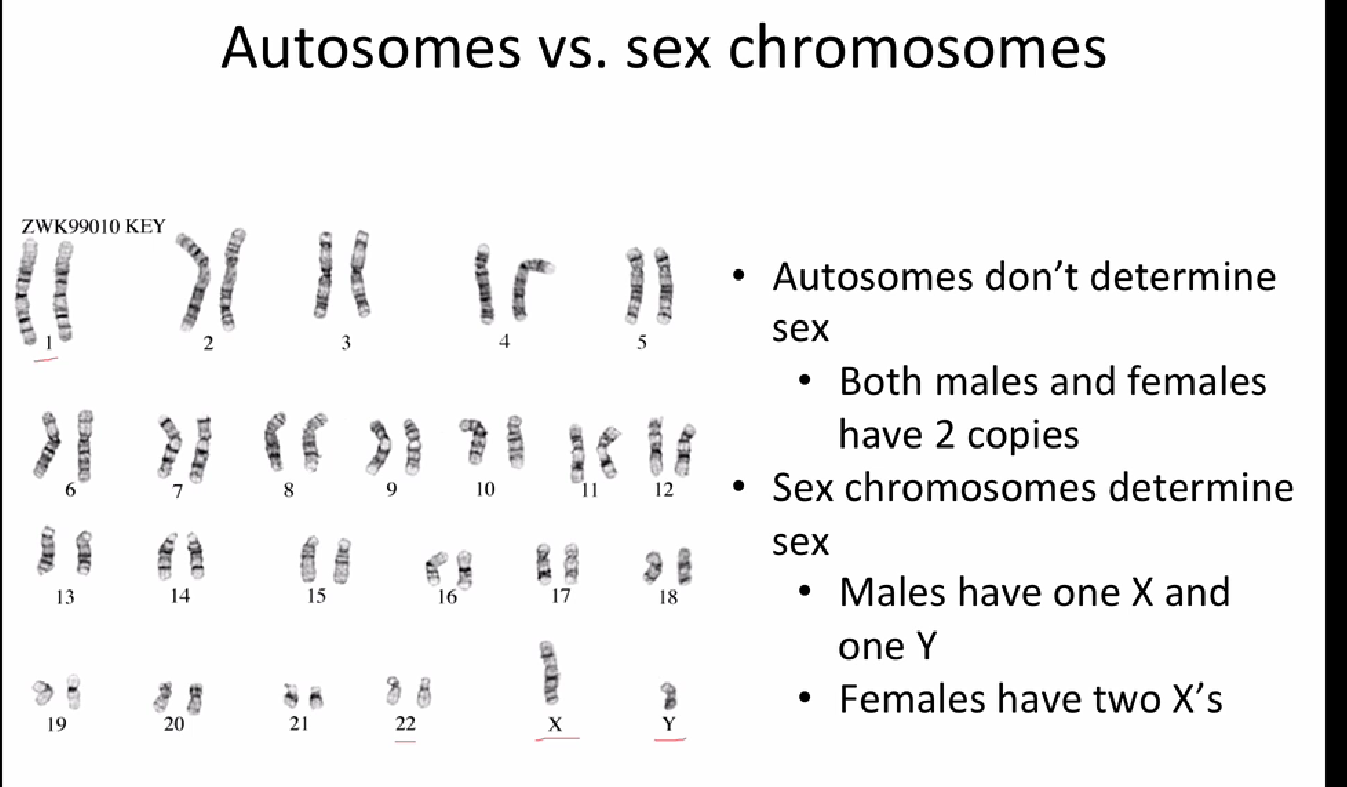
Chromosomes: The Carriers of Genetic Information
Chromosomes are the thread-like structures located within the nucleus of eukaryotic cells that carry genetic information. They are composed of DNA and proteins and play a crucial role in cell division, heredity, and the functioning of organisms. This article provides an in-depth look at the structure, types, and functions of chromosomes, as well as their significance in genetics and cell biology.
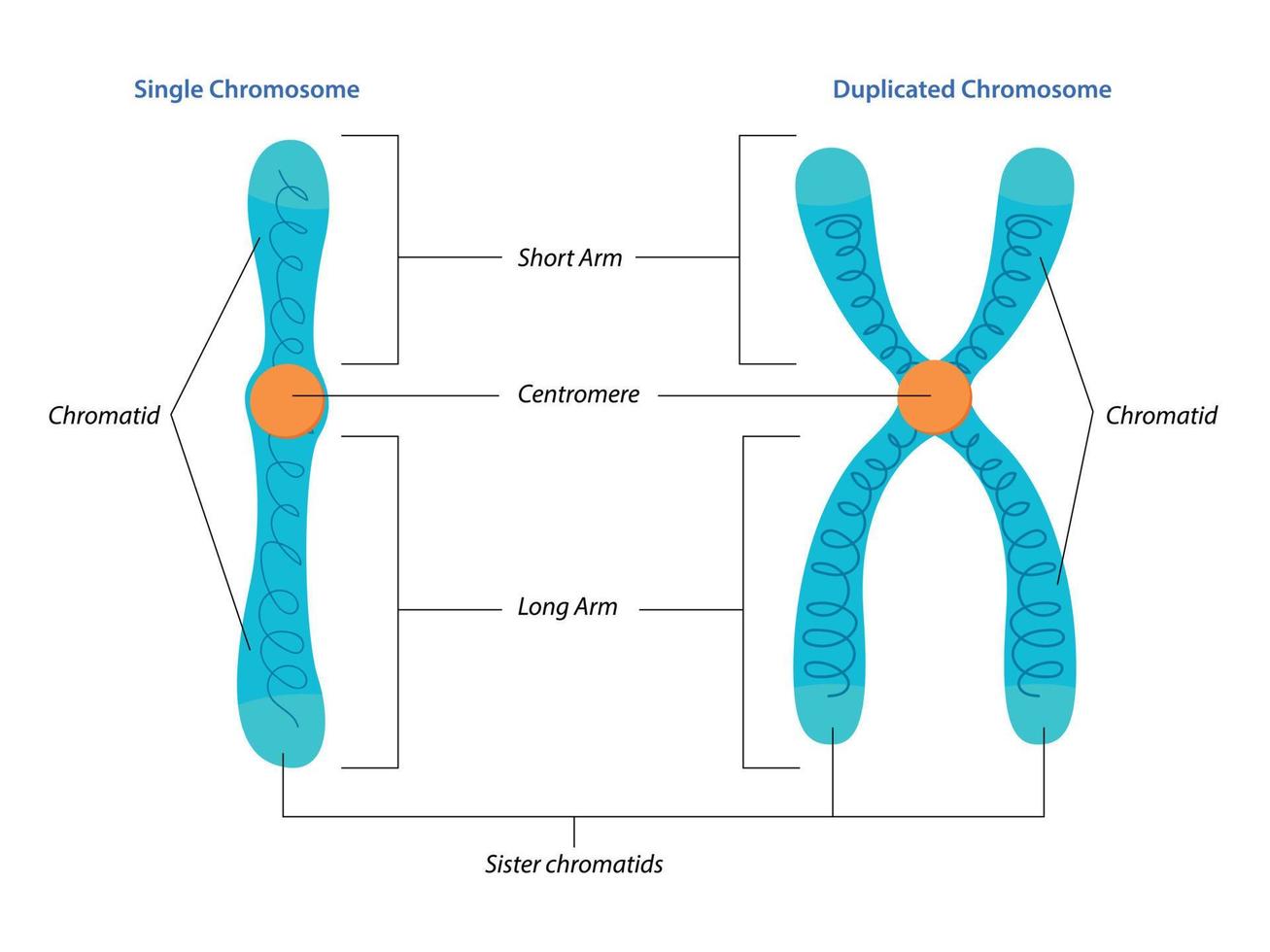
Structure of Chromosomes
Chromosomes have a complex structure that ensures the efficient packaging and management of DNA.
Chromatin
- DNA and Histones: Chromosomes are composed of chromatin, a complex of DNA and histone proteins. DNA is wound around histone proteins, forming nucleosomes, which resemble "beads on a string."
- Higher-Order Structure: Nucleosomes further coil and fold into higher-order structures, eventually forming the condensed chromosomes visible during cell division.

Chromosome Anatomy
- Centromere: The centromere is the constricted region of a chromosome that divides it into two arms: the short arm (p) and the long arm (q). It is essential for the proper segregation of chromosomes during cell division.
- Telomeres: Telomeres are repetitive nucleotide sequences at the ends of chromosomes that protect them from degradation and prevent fusion with other chromosomes.
- Chromatids: During cell division, each chromosome consists of two identical sister chromatids joined at the centromere. These chromatids separate to ensure each daughter cell receives an identical set of chromosomes.
Types of Chromosomes
Chromosomes are classified based on their function, structure, and the presence of certain features.
Autosomes and Sex Chromosomes
- Autosomes: Humans have 22 pairs of autosomes, which are non-sex chromosomes that carry the bulk of an organism's genetic information.
- Sex Chromosomes: The 23rd pair of chromosomes determines the sex of an individual. In humans, females have two X chromosomes (XX), while males have one X and one Y chromosome (XY).
Chromosome Shapes
Based on the position of the centromere, chromosomes can be classified into several types:
- Metacentric: The centromere is located near the middle, resulting in two arms of approximately equal length.
- Submetacentric: The centromere is off-center, creating one long arm and one short arm.
- Acrocentric: The centromere is near one end, producing a long arm and a very short arm.
- Telocentric: The centromere is at the very end, resulting in only one arm. (Note: Telocentric chromosomes are not found in humans.)
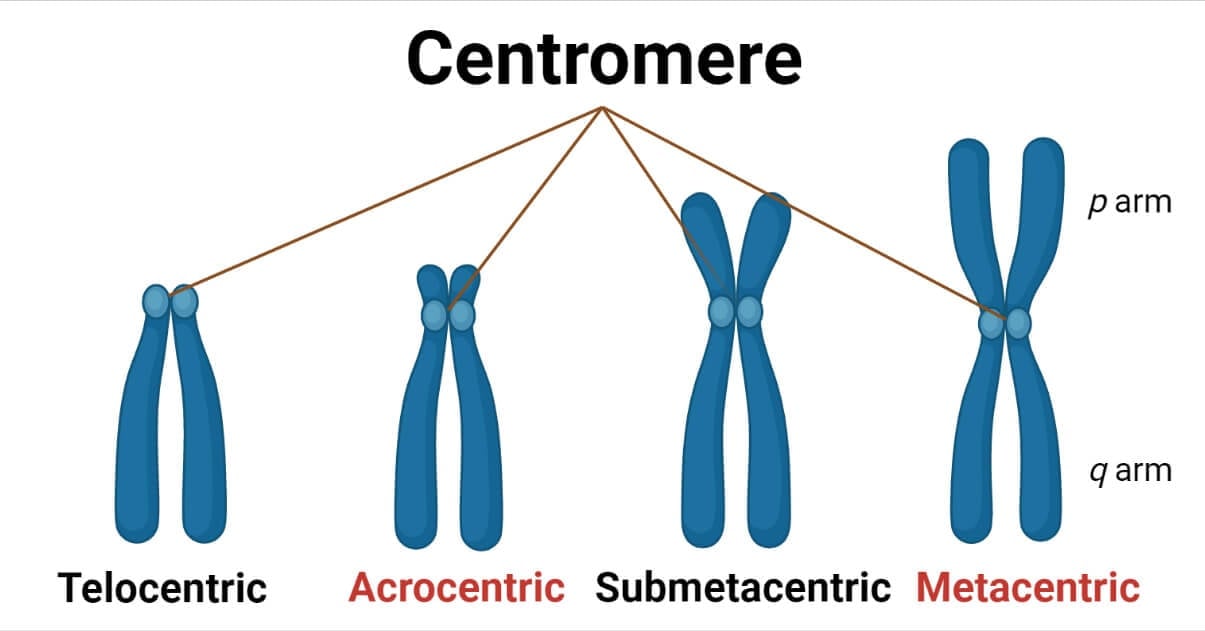
Chromosome Function
Chromosomes play several key roles in the cell and organism:
Genetic Information Storage and Transmission
- Genes: Chromosomes carry genes, the units of heredity that encode proteins and determine traits. Each chromosome contains hundreds to thousands of genes.
- Genetic Code: The sequence of nucleotides in DNA encodes the genetic instructions for building and maintaining an organism.

Cell Division
- Mitosis: During mitosis, chromosomes ensure that each daughter cell receives an identical set of chromosomes, maintaining genetic continuity.
- Meiosis: In meiosis, which occurs in germ cells, chromosomes undergo recombination and segregation to produce haploid gametes with genetic variation.

Regulation of Gene Expression
- Epigenetic Modifications: Chemical modifications to DNA and histones, such as methylation and acetylation, regulate gene expression by altering chromatin structure and accessibility.
Chromosome Abnormalities
Abnormalities in chromosome number or structure can lead to various genetic disorders and diseases.
Numerical Abnormalities
- Aneuploidy: Aneuploidy refers to an abnormality in which cells contain an incorrect number of chromosomes. This can result from non-disjunction during cell division, leading to an extra or missing chromosome. Aneuploidy is associated with genetic disorders such as Down syndrome and Turner syndrome, affecting development and health.
- Polyploidy: Polyploidy refers to the condition where cells or organisms contain more than two complete sets of chromosomes. It can arise from errors in cell division, leading to increased genetic material. Polyploidy is common in plants, contributing to their diversity, but rare in animals and humans due to developmental challenges and sterility.
Structural Abnormalities

-
Deletions: A deletion in chromosomes is a genetic mutation where a segment of the chromosome is missing, resulting in the loss of several genes. This can lead to genetic disorders, developmental issues, and diseases due to the absence of critical genetic information essential for normal cellular functions.
-
**Duplications:**Duplications in chromosomes refer to the occurrence of an extra copy of a chromosome segment, leading to the presence of additional copies of one or more genes. This can result from errors in DNA replication or recombination, often causing genetic disorders or contributing to evolutionary diversity.
-
Inversions: Inversions in chromosomes are structural variations where a segment of a chromosome is reversed end to end. This rearrangement can disrupt gene function or regulation, potentially leading to genetic disorders or evolutionary changes. Inversions do not alter the overall genetic content but affect gene order and expression.
-
Translocations: Translocations in chromosomes involve the rearrangement of segments between non-homologous chromosomes. This can result in genetic material being exchanged or moved, potentially disrupting gene function and leading to disorders such as cancers or congenital abnormalities. Balanced translocations often have no phenotypic effect, while unbalanced ones can cause significant health issues.
Chromosome Behavior During Cell Division
Understanding how chromosomes behave during cell division is crucial for grasping their role in genetics and cell biology.
Mitosis
- Prophase: During prophase of mitosis, chromosomes condense and become visible, the nuclear envelope breaks down, and the mitotic spindle begins to form, preparing chromosomes for alignment and separation.
- Metaphase: Chromosomes align at the cell's equatorial plane, forming the metaphase plate. Spindle fibers attach to kinetochores on chromosomes, ensuring accurate segregation into daughter cells..
- Anaphase: Sister chromatids are pulled apart by the spindle fibers, moving to opposite poles of the cell, ensuring each daughter cell receives an identical set of chromosomes.
- Telophase: During telophase of mitosis, chromosomes reach opposite poles of the cell, decondense back into chromatin, and are enclosed by newly reformed nuclear membranes, completing the division of the nucleus.
- Cytokinesis: Chromosomes decondense and are enclosed in new nuclear membranes, while the cytoplasm divides, ensuring each daughter cell receives an identical set of chromosomes and cellular components.
Meiosis
- Meiosis I: Homologous chromosomes pair up and undergo crossing over, exchanging genetic material. They align at the metaphase plate independently, and then separate, with one chromosome from each homologous pair going to each daughter cell, resulting in haploid daughter cells.
- Meiosis II: Sister chromatids, each containing a single chromatid, separate. Unlike Meiosis I, there is no recombination, and the resulting daughter cells are haploid. This division ensures genetic diversity and prepares gametes for fertilization.
Techniques for Studying Chromosomes
Advancements in technology have led to various techniques for studying chromosomes:
Karyotyping
- Preparation: Chromosomes are stained and visualized under a microscope during metaphase, when they are most condensed.
- Analysis: Karyotyping allows the detection of numerical and large structural abnormalities by arranging chromosomes in a standardized format based on size, banding pattern, and centromere position.
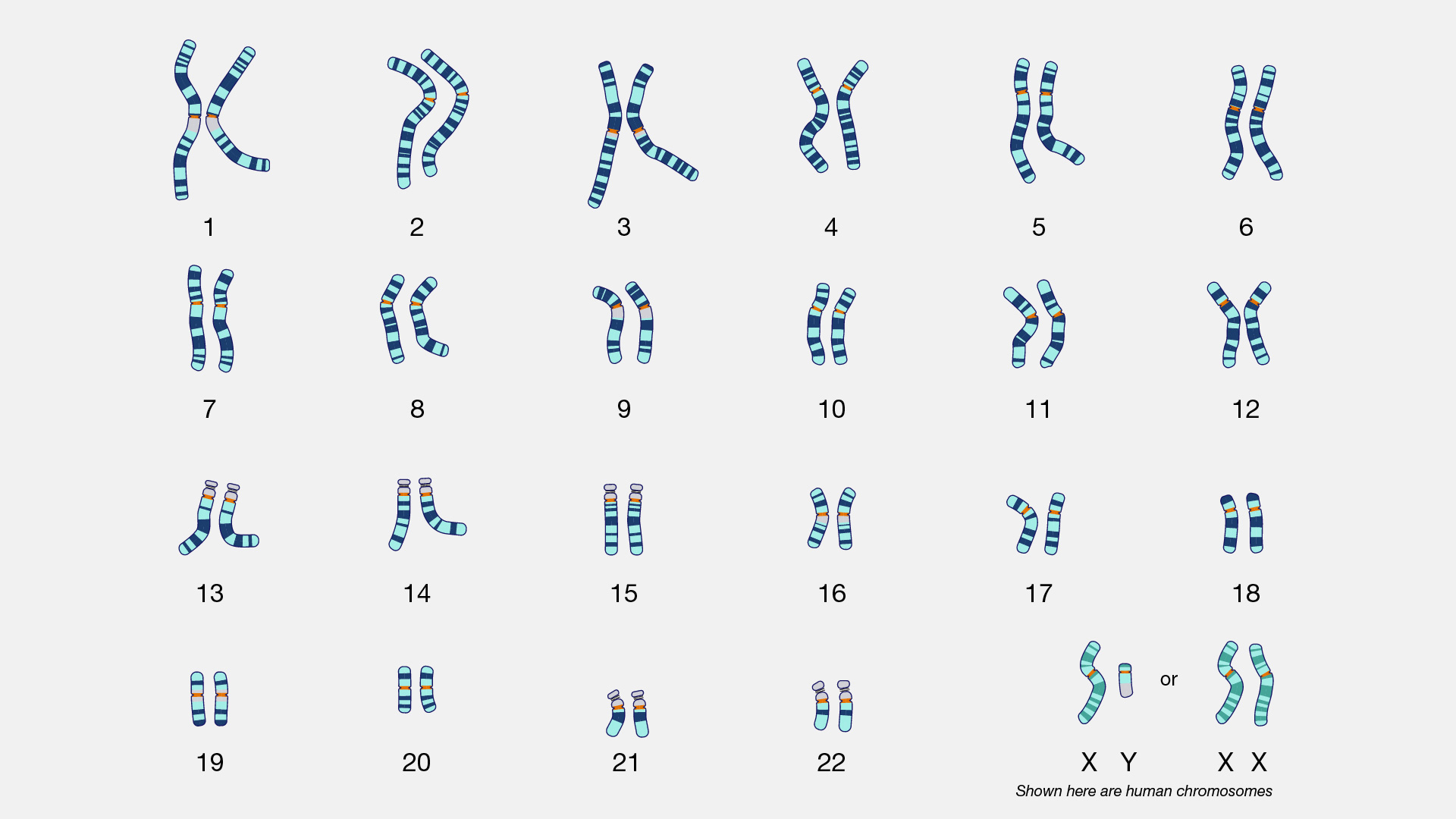
Fluorescence In Situ Hybridization (FISH)
- Method: Fluorescent probes that bind to specific DNA sequences are used to visualize chromosomes.
- Applications: FISH can detect specific genetic abnormalities, such as translocations and deletions, and is useful in diagnosing genetic diseases and cancers.

Next-Generation Sequencing (NGS)
- Technology: NGS provides high-throughput sequencing of entire genomes, enabling the detection of small genetic variants and structural rearrangements.
- Impact: NGS has revolutionized genetic research, providing detailed insights into chromosome structure, function, and evolution.
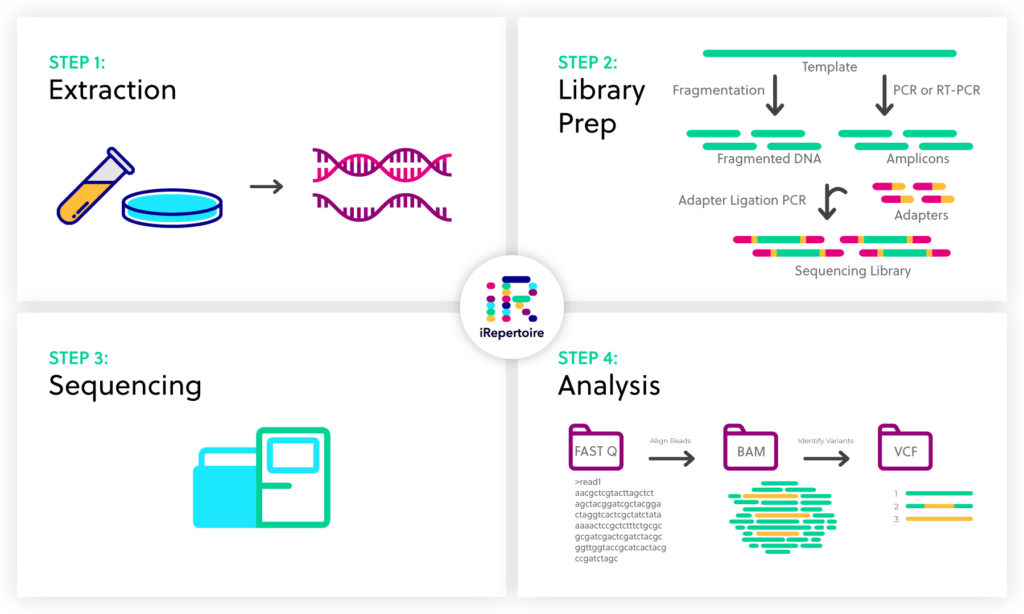
Chromosomes in Evolution and Diversity
Chromosomes play a crucial role in the evolution and diversity of life:
Chromosome Evolution
- Gene Duplication: Duplication of chromosome segments or whole genomes can lead to new gene functions and increased genetic diversity.
- Chromosome Rearrangements: Structural changes, such as inversions and translocations, can create new gene combinations and contribute to speciation.
Comparative Genomics
- Species Differences: Comparing the chromosomes of different species helps elucidate evolutionary relationships and the genetic basis of phenotypic diversity.
- Conservation and Divergence: Some chromosomal regions are highly conserved across species, indicating essential functions, while others show rapid evolution, reflecting adaptation to different environments.
Chromosomes FAQ
Chromosomes are complex structures composed of DNA and proteins, with several key components that contribute to their function:
-
DNA: The genetic material of the chromosome, consisting of long, linear double-stranded molecules that contain the organism's genetic information.
-
Histones: These are proteins around which DNA is wrapped, forming nucleosomes. This arrangement compacts the DNA and regulates gene expression by controlling access to the DNA.
-
Chromatin: The combination of DNA and histone proteins, which can be loosely packed (euchromatin) to allow gene expression or tightly packed (heterochromatin) to silence gene expression.
-
Telomeres: Repeated DNA sequences at the ends of chromosomes that protect them from degradation and prevent them from fusing with other chromosomes. They play a crucial role in maintaining chromosome stability.
-
Centromeres: The central part of the chromosome where the two sister chromatids are held together. It is essential for the attachment of spindle fibers during cell division and ensures proper segregation of chromosomes.
Accurate chromosome segregation during cell division is ensured by several coordinated mechanisms:
-
Spindle Assembly: Microtubules form the mitotic spindle, which attaches to the chromosomes via the kinetochore, a protein complex at the centromere.
-
Kinetochore Function: The kinetochore captures spindle microtubules, facilitating the movement of chromosomes toward opposite poles of the cell.
-
Checkpoint Mechanisms: The spindle assembly checkpoint ensures that all chromosomes are properly attached to the spindle apparatus before anaphase begins. This prevents premature segregation and ensures that each daughter cell receives the correct number of chromosomes.
-
Cohesin Proteins: These proteins hold sister chromatids together until anaphase, when the enzyme separase cleaves cohesins, allowing the sister chromatids to separate and move to opposite poles.
Telomeres play a crucial role in maintaining chromosome stability and regulating cellular aging:
-
Protection of Chromosome Ends: Telomeres prevent the ends of chromosomes from being recognized as DNA damage, thus protecting them from degradation and preventing end-to-end fusions.
-
Replication: During DNA replication, the enzyme telomerase extends the telomeres, compensating for the shortening that occurs with each cell division. This is particularly important in germ cells, stem cells, and certain rapidly dividing somatic cells.
-
Aging and Senescence: In most somatic cells, telomerase activity is low, leading to progressive telomere shortening with each cell division. When telomeres become critically short, cells enter a state of senescence or apoptosis, contributing to the aging process and acting as a barrier to unlimited cell proliferation.
Chromosomal abnormalities can arise from errors during cell division and have significant implications for genetic disorders:
-
Non-disjunction: The failure of chromosomes to segregate properly during meiosis or mitosis can lead to aneuploidy, where cells have an abnormal number of chromosomes. Examples include Down syndrome (trisomy 21), Turner syndrome (monosomy X), and Klinefelter syndrome (XXY).
-
Structural Abnormalities: These include deletions, duplications, inversions, and translocations of chromosome segments. Such abnormalities can disrupt gene function and lead to genetic disorders. For example, chronic myeloid leukemia is often associated with the Philadelphia chromosome, a result of a translocation between chromosomes 9 and 22.
-
Mutagenic Factors: Exposure to radiation, chemicals, and certain biological agents can induce chromosomal abnormalities. These factors can cause breaks in DNA, leading to structural changes or improper segregation during cell division.
Chromosomal behavior during meiosis is fundamental to generating genetic variation and driving evolution:
-
Crossing Over: During prophase I of meiosis, homologous chromosomes exchange genetic material through crossing over at chiasmata. This process creates new combinations of alleles, contributing to genetic diversity in offspring.
-
Independent Assortment: The random orientation of homologous chromosome pairs during metaphase I leads to independent assortment, resulting in a diverse array of genetic combinations in gametes. Each gamete receives a unique mix of maternal and paternal chromosomes.
-
Random Fertilization: The fusion of two gametes, each with a unique genetic makeup, further increases genetic diversity. The combination of genetic material from two parents contributes to the evolutionary process by providing a wide range of phenotypic traits upon which natural selection can act.
-
Genetic Variation and Evolution: The genetic variation produced by these meiotic processes is essential for the adaptation of populations to changing environments. It provides the raw material for natural selection and enables populations to evolve over time, contributing to the diversity of life on Earth.
Conclusion
Chromosomes are fundamental to the storage, transmission, and regulation of genetic information in living organisms. Their complex structure and dynamic behavior during cell division ensure the faithful inheritance of traits and contribute to genetic diversity. Advances in technology continue to enhance our understanding of chromosomes, providing insights into their role in health, disease, and evolution. As research progresses, chromosomes remain a central focus in the quest to unravel the mysteries of life and heredity.
You can read this article on the same topic https://www.khanacademy.org/science/ap-biology/cell-communication-and-cell-cycle/cell-cycle/a/dna-and-chromosomes-article
